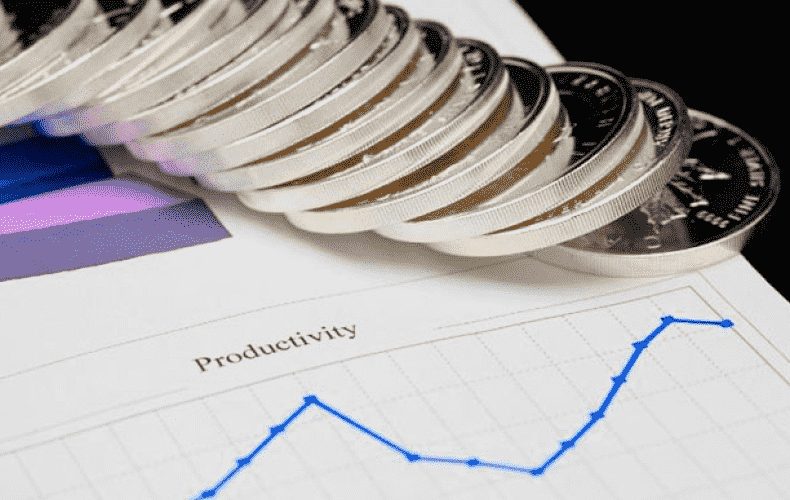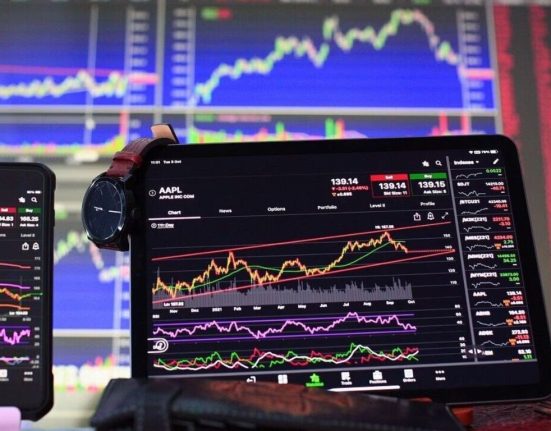Silver has been trading in a narrow range around the $25 mark, after bouncing off a strong support zone near $24.50-$24.40. The precious metal has failed to capitalize on its recovery from this area and remains under pressure amid a stronger US dollar and rising bond yields. However, the downside potential seems limited as silver still benefits from its safe-haven appeal and industrial demand. In this article, we will look at some technical and fundamental factors that may influence the silver price and provide some tips on how to trade it.
Technical Analysis of Silver Price
Silver is currently trading at $25.23 per ounce, down 0.8% on the day. The metal has been consolidating within a descending triangle pattern since August 2020, when it reached a seven-year high of $29.86. The triangle’s lower boundary coincides with the horizontal support zone of $24.50-$24.40, which has been tested several times in the past few months. This area is also reinforced by the 200-day moving average (MA), which acts as a dynamic support level.
On the upside, the triangle’s upper boundary is around $26.50, which also aligns with the 50-day and 100-day MAs. A break above this resistance could signal a bullish breakout and open the door for a retest of the $28-$29 area, where the metal faced strong selling pressure in August and September 2020. Alternatively, a break below the triangle’s lower boundary could indicate a bearish breakdown and trigger a slide towards the next support levels at $23 and $22.
The silver price is also influenced by the gold-silver ratio, which measures how many ounces of silver are needed to buy one ounce of gold. The ratio is currently at 67.5, which means that silver is relatively cheaper than gold. Historically, the ratio has averaged around 60, but it spiked to over 120 in March 2020 amid the Covid-19 crisis. Since then, it has declined as silver outperformed gold due to its dual role as a monetary and industrial metal. A further drop in the ratio could boost the silver price, while a rise could weigh on it.
Fundamental Analysis of Silver Price
Silver is often seen as a safe-haven asset that can hedge against inflation, currency devaluation and geopolitical risks. The metal has benefited from the unprecedented monetary and fiscal stimulus measures implemented by governments and central banks around the world to combat the economic fallout from the pandemic. These actions have increased the money supply and lowered interest rates, which tend to weaken the US dollar and make silver more attractive as an alternative store of value.
However, silver has also faced some headwinds from the recent recovery in the US dollar and bond yields, which reflect the improving outlook for the US economy and expectations of higher inflation. A stronger dollar makes silver more expensive for foreign buyers, while higher bond yields increase the opportunity cost of holding non-yielding assets like silver. Moreover, silver may face some profit-taking pressure as investors rotate into riskier assets like stocks and commodities that offer higher returns.
On the other hand, silver has a strong industrial demand component that sets it apart from gold. Silver is widely used in various sectors such as electronics, solar panels, medical devices and automotive. The metal has seen an increase in demand from these industries as they recover from the pandemic-induced disruptions and benefit from the green energy transition. According to the Silver Institute, global industrial demand for silver is expected to rise by 8% in 2021 to reach a four-year high of 510 million ounces.
How to Trade Silver
There are different ways to trade silver, depending on your preference and risk appetite. You can buy physical silver in the form of coins or bars, but this may involve storage and transaction costs. You can also invest in silver exchange-traded funds (ETFs) or mining stocks that track the performance of the metal or its producers. However, these instruments may not reflect the exact spot price of silver and may be subject to fees and taxes.
Another option is to trade silver contracts for difference (CFDs), which allow you to speculate on the price movements of silver without owning the underlying asset. CFDs are leveraged products that enable you to trade with a small margin deposit and amplify your potential profits or losses. CFDs also offer flexibility and convenience as you can trade silver 24/5 on various platforms and devices.










